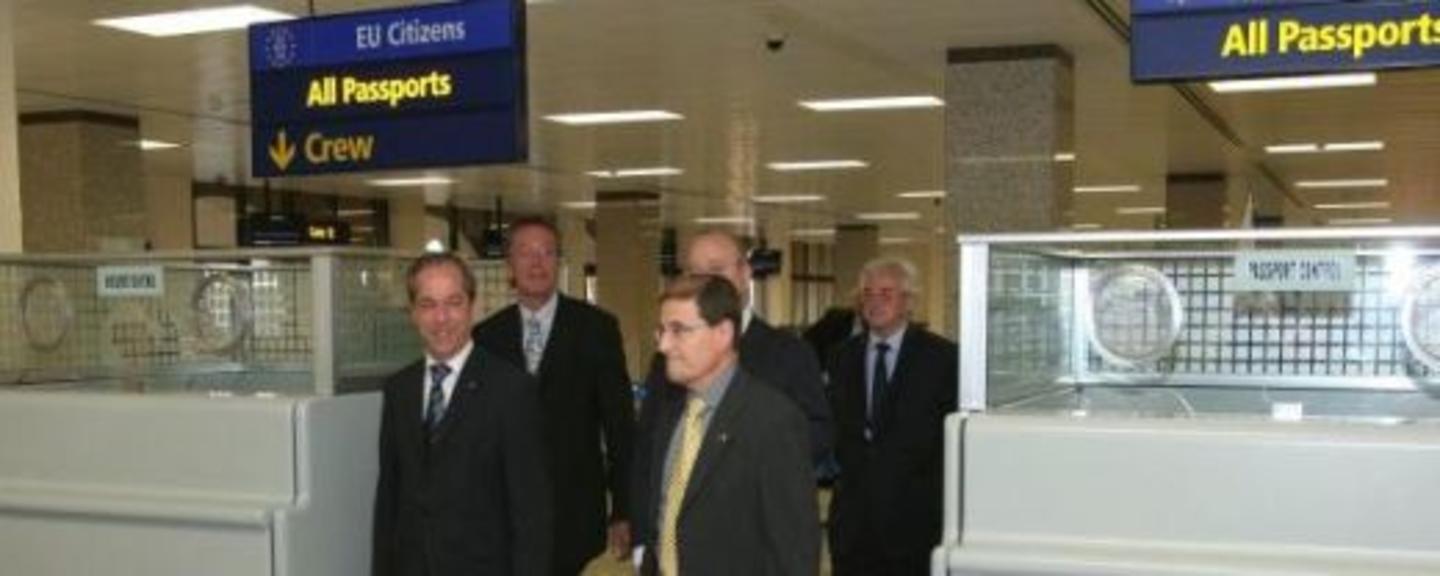With financial assistance from Norway, the Maltese airport has been divided into one terminal for those travelling within the Schengen area and another for those travelling to or from third countries. Intensive construction work has taken place on the airport over the last year as part of the preparations for Malta’s entry into the world’s largest passport-free zone in 2008.
Well ahead of schedule, immigration and police officers could switch on their computers in the non-Schengen departure hall on Monday night to the sound of a string orchestra and the popping of champagne corks. By establishing the new non-Schengen departure hall Malta is now in full compliance with the infrastructure needed to join Schengen. The project had a price tag of €1 million, of which Norway’s support accounted for about half.
The EEA and Norway Grants, collectively known as the EEA Grants, represent the contribution from Iceland, Liechtenstein and Norway towards European cohesion efforts by reducing social and economic disparities, help new EU member integrate fully into the Internal Market and strengthening bilateral cooperation. Under the EEA Grants, Malta is eligible for a total €3.62 million over the five-year commitment period until April 2009.
“It is fitting that this ceremony - which marks the newly established Non-Schengen Departures Facilities at Malta International Airport - also marks the very first completed project under the EEA Grants,” Einar Bull, Norway’s ambassador to Italy and Malta, said at the opening ceremony of the new terminal, referring to the constructive cooperation and close dialogue between Malta and the donor states in the implementation of the EEA Grants. Malta has prioritised Schengen projects under the EEA Grants, and in his speech Malta’s Prime Minister Lawrence Gonzi stressed the importance of Schengen membership for the country’s integration into Europe.
